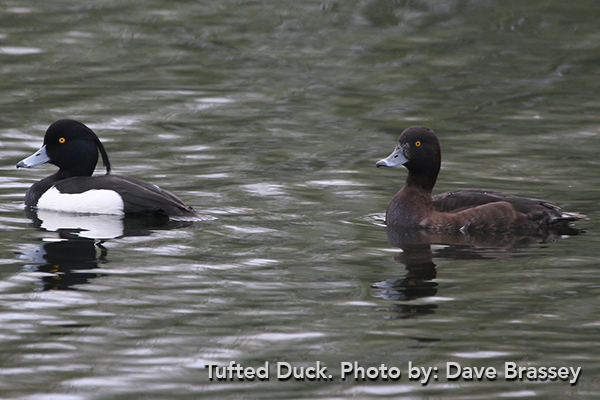What Sightings to Record?
The basic information – for both your own interest and for scientific benefit – is what species you saw, where and when. Some birders note down and keep a tally of every species seen or heard, others might just note unusual species or exceptional counts. It’s up to you but the more you note down and the greater the detail the more useful your records are likely to be.
Signs of breeding are particularly useful: the BTO has a standard set of codes – covering everything from “singing male” to “occupied nest”- that can be used in apps and other forms of recording.
When recording location, please use an OS grid reference, or a well-known site name (for example from our Gazetteer).
Wherever possible, try to accurately count the numbers of birds present. However, estimates of birds can also be submitted where large numbers are present or if conditions make counting difficult. In these cases perhaps add a note ‘approximate count’ or ‘at least’ to indicate the relative accuracy of the count. Information like age and sex, composition of groups, unusual behaviour or plumage, will add value to your records too.
Each species on the Gwent County List has a letter code, indicating information that is particularly valuable:
| Code | Data required |
|---|---|
| A | All records (usually less common species, or those of particular conservation sequence). Some may be in your garden or park: e.g. Marsh Tit, Spotted Flycatcher, Bullfinch or Reed Bunting. |
| B | Breeding, with as much detail (singing males or pairs, nest building, number of pairs, fledged young, etc.) as possible. |
| C | Counts of roosts, flocks and colonies |
| E/L | For migrant species, Early/Late dates of first arrival/last departure. These help us see how migration timings vary between years |
| M | Migration or weather movements (e.g. large movements of Woodpigeons or hirundines in autumn) |
| W | Winter records of species that are normally considered summer visitors (e.g. wintering Blackcap) |
| D | Rare species for which a full description is required |
Rarities
If you are lucky enough to see a species with a ‘D’ Code (or any not on the County List), please complete as much of the Rare Species Reporting Form as you can (full circumstances of the sighting and sufficient detail of plumage, calls, behaviour, etc. to support your identification) and submit it to the County Recorder as soon as possible. Photographs are helpful, but not essential: they don’t need to be works of art, a photo grabbed via a phone held up to a telescope will often suffice.
If you think you have found a rare species but require confirmation, please contact the County Recorder or (unless you think it may be nesting or otherwise at risk) post your sighting: we may be able to arrange for someone else to confirm your identification.
Some species listed with a D code need to be assessed by the Welsh Records Panel and/or the British Birds Rarities Committee – these are marked with a W or B in the County List. As these assessments may take a long time to complete, observers are asked to submit all such records immediately after a sighting, to allow time for verification and acceptance before the publication of the next Annual Report.
All records relating to rare breeding birds in Gwent are submitted to the UK’s Rare Breeding Birds Panel (RBBP) for inclusion in their national report, published annually in British Birds magazine. All such records are treated in the strictest confidence and are always handled with great sensitivity – but they should always be submitted, since to effectively plan for the conservation of rare or uncommon breeding birds it is vital to collect sound data.

Next Events


